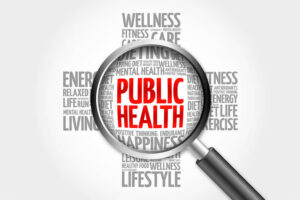Sleep-related respiratory disorders are increasingly prevalent and are associated with significant morbidity. Unfortunately, current treatments often target symptoms rather than the underlying pathophysiology of these disorders. There is a critical need to apply basic research to identify the cellular mechanisms underlying sleep-related respiratory disorders and promising neuronal circuits for therapeutic application in sleep disorder medicine. The hypothalamus is a higher center of the autonomic nervous system that controls essential body functions including sleep and respiration. The paraventricular nucleus of the hypothalamus, dorsomedial hypothalamus, and lateral hypothalamus are critically involved in respiratory control. These hypothalamic nuclei are interconnected with sleep and wake-promoting hypothalamic centers and respiratory nuclei located in the midbrain, pons, medulla and spinal cord. This presentation focuses on the role of hypothalamic receptor and neurotransmission including oxytocin, leptin and orexin signaling, in respiratory control as well as pathophysiology and possible pharmacological treatment of sleep-related respiratory disorders.

- Society

Membership
Support our mission by becoming a member

Public Health Policy Center
Explore the society's public health initiatives

Meet the community
See what our members have been working on
- Journal
- Author Center
- Membership